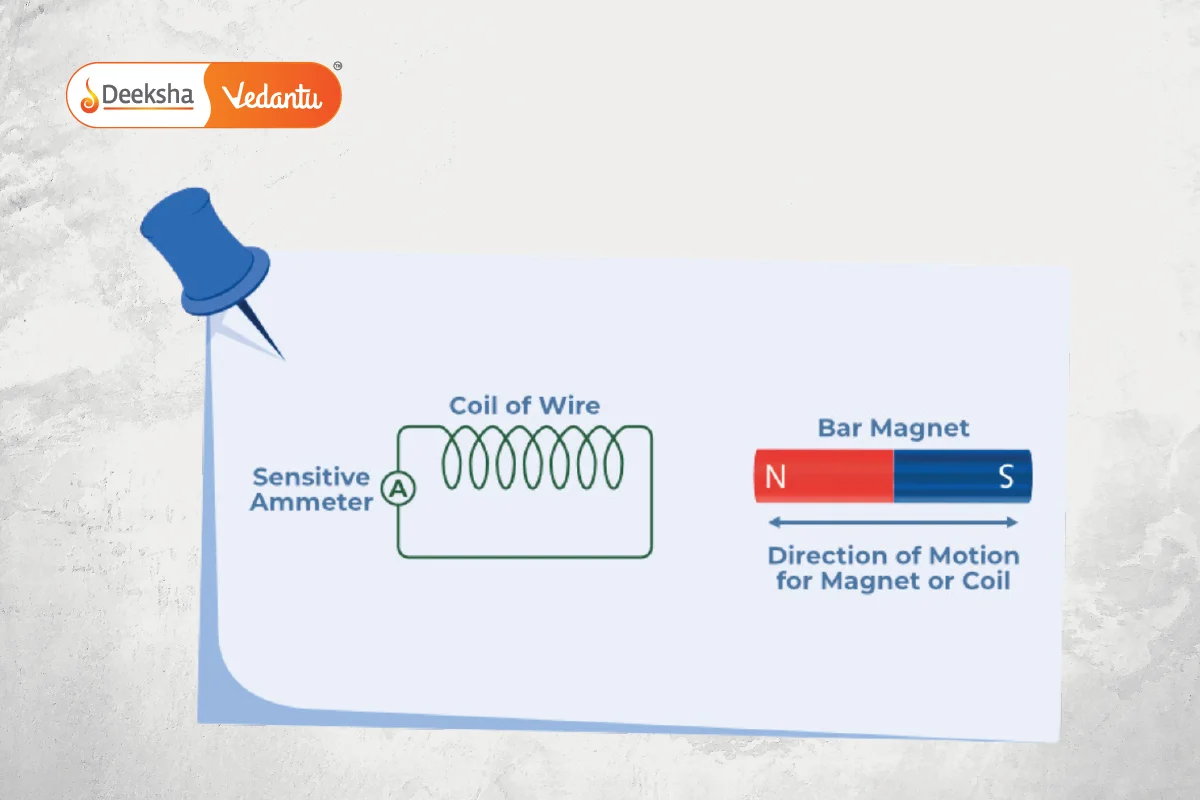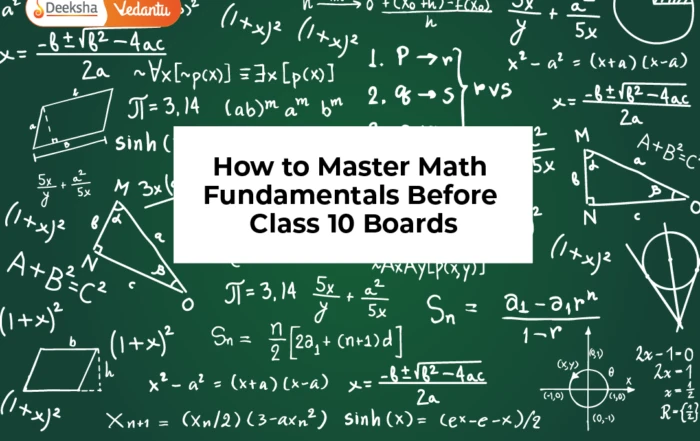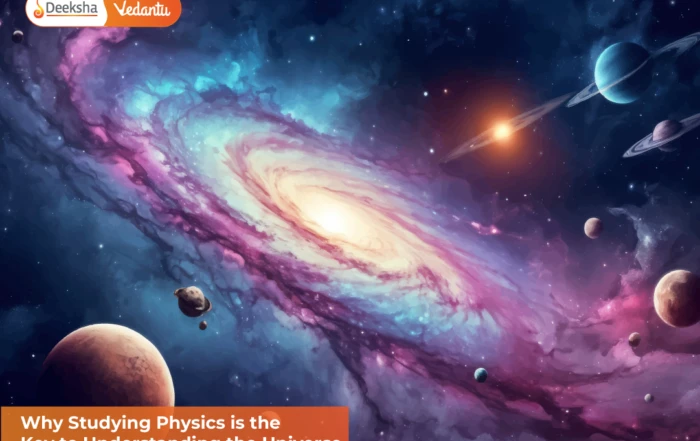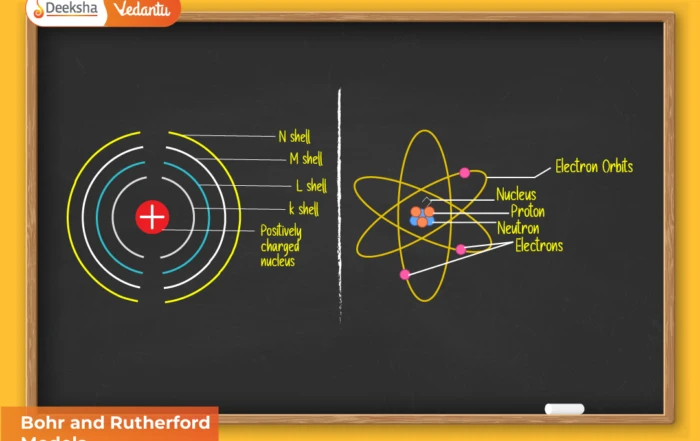What is Faraday’s Law of Electromagnetic Induction?
Faraday’s law explains how a magnetic field interacts with an electric circuit to create an electromotive force (EMF). This process is called electromagnetic induction. Michael Faraday introduced these laws in 1831 through experiments that showed how changing magnetic fields generate electric currents.
Faraday’s Laws of Electromagnetic Induction
Faraday’s laws include two main principles:
First Law:
Whenever a conductor is placed in a changing magnetic field, an EMF is induced. If the conductor circuit is closed, it will cause an induced current.

Second Law:
The induced EMF in a coil is equal to the rate of change of magnetic flux linkage.
The formula for Faraday’s second law is:
Where
is the EMF,
is the magnetic flux, and
is the number of turns in the coil.
Lenz’s Law
Heinrich Lenz formulated Lenz’s law to describe the direction of the induced EMF. It states that the direction of the induced EMF will always oppose the change in magnetic flux that caused it. This is represented by the negative sign in Faraday’s second law.
Derivation of Faraday’s Law
If a magnet approaches a coil:
At time T1, the flux linkage is
At time T2, the flux linkage is
The change in flux linkage is
The rate of change of flux linkage is
Taking the derivative, we get:
Key Points:
- More turns in the coil increase the induced EMF.
- Stronger magnetic fields increase the induced EMF.
- Faster relative motion between the coil and the magnet increases the induced EMF.
Faraday’s Experiments
- Magnetic Field Strength Change: Moving a magnet towards a wire loop induces current, shown by a deflecting ammeter.
- Electromagnetism: Passing current through an iron rod creates an electromagnet. Rotating a magnet induces EMF; a stationary magnet does not.
- Relative Motion: The ammeter deflects when the magnet moves away from the loop, indicating induced EMF.
Applications of Faraday’s Law
- Transformers: Electrical equipment that changes voltage levels.
- Induction Cookers: Heat food using electromagnetic induction.
- Electromagnetic Flowmeters: Measure the flow rate of fluids.
- Musical Instruments: Electric guitars and violins use Faraday’s principle.
- Maxwell’s Equation: Shows that changing magnetic fields produce electric fields.
FAQs
Faraday concluded that a relative motion between a conductor and a magnetic field changes the flux linkage, producing a voltage across the coil.
Faraday’s law is applied in transformers, induction cookers, electromagnetic flowmeters, electric guitars, and Maxwell’s equations.
Increasing the number of turns in the coil increases the induced EMF.
Lenz’s law states that the induced EMF will always oppose the change in magnetic flux that caused it.
The first law states that an EMF is induced when a conductor is placed in a changing magnetic field. The second law quantifies the EMF as the rate of change of magnetic flux linkage.
Faraday’s law states that a changing magnetic field creates an electromotive force (EMF) in a conductor.












Get Social